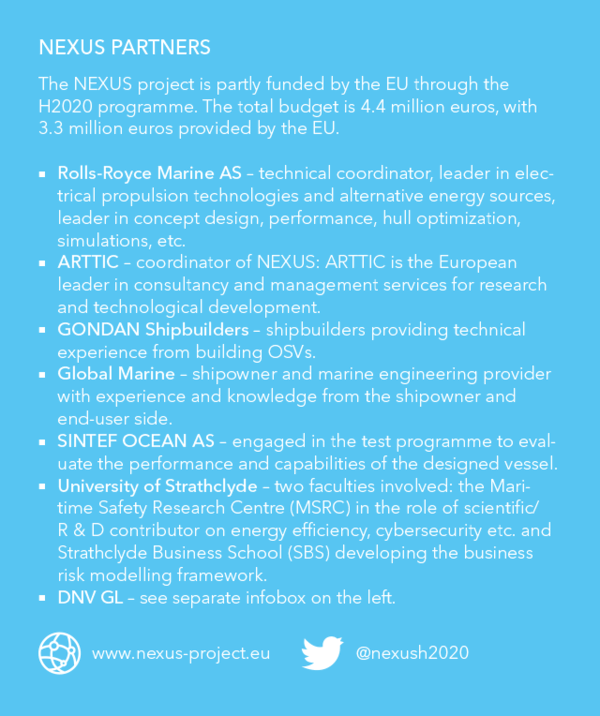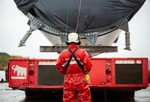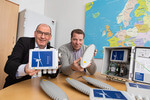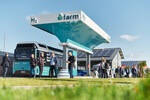News Release from DNV
Wind Industry Profile of
DNV GL Joins NEXUS Project
Current estimates put the operation and maintenance (O&M) costs of a typical offshore wind farm at 20 to 30 % of its life cycle costs. Technicians, equipment and spare parts are mostly transported by service vessels, which account for an estimated 73 % share in the total O&M expenditures. Typically smaller in size, crew transfer vessels (CTVs) provide this service for wind farms located close to shore and in protected areas. Larger service operation vessels (SOVs) are required when wind farms are located farther from shore and in a tougher environment.
DNV GL has played an active role in developing class rules for both vessel types and related service activities, such as walk-to-work. It was therefore an obvious decision to join the NEXUS consortium, which counts the major players in this market as well as recognized research institutes among its members.
The main objectives of the NEXUS project are to achieve a 20 % cost reduction in the maintenance of wind farms and reduce associated greenhouse gas emissions by 30 %.
Asbjørn Skaro, Director Systems & Deck Machinery – Commercial Marine at Rolls-Royce, says: “The number of European SOV’s are estimated to quadruple within the next ten years. Through the NEXUS project, we aim to provide a vessel concept with improved and new solutions for operations and maintenance of offshore wind turbines and farms. The overall goal is to make offshore wind power more cost-effective.”

The basic capabilities of a vessel concept result from its design, size, capacity and hydrodynamic performance. Other key elements in OSV design and performance that will be investigated include the potential use of alternative fuels that could deliver cost savings while reducing greenhouse gas emissions, hybridization, and cold ironing, both in port and at the wind farm. The on-board power management system is another component harbouring significant energy-saving potential. Various degrees of automation may also contribute to cost reductions. The potential risks are addressed in a separate work package.
For more information, visit the DNV GL homepage.
- Source:
- DNV GL
- Author:
- Press Office
- Keywords:
- DNV GL, Nexus, offshore, vessel, development, consortium, concept, design, technology, wind farm, safety


























